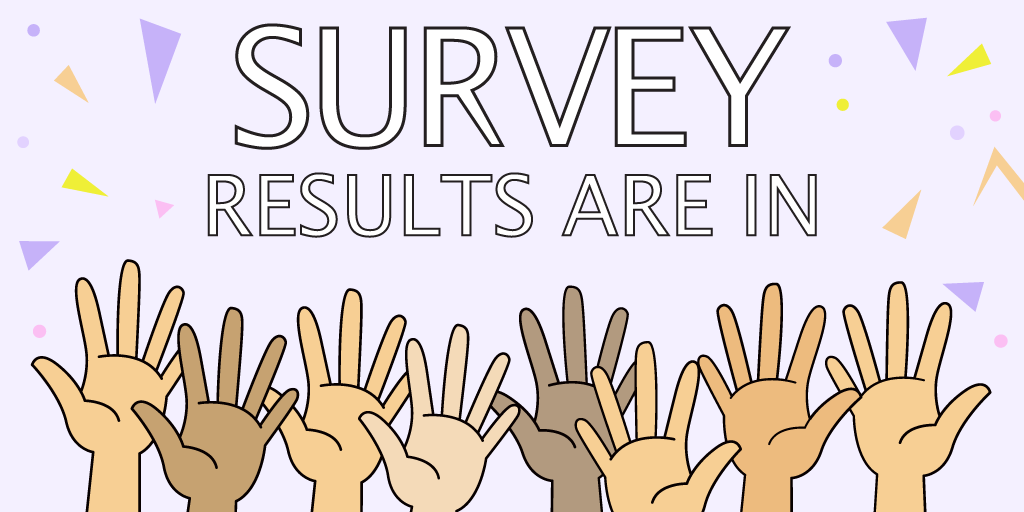Who better to tell you how to construct your retail customer service than the people who experience it more closely than anyone else? We’re talking about your customers, of course.
When it comes to customer service, your average customer is somewhat of an expert. So why focus on endless articles filled with endless customer service tips from supposed CX experts, when you could simply lend your customers an ear?
To help you decide what to do and not to do in customer service, we’ve listed the more common customer opinions, complaints and suggestions.
If you want to get rid of some of more frequent complaints, pay closer attention to your queues. With the power of Qminder’s free trial, you can make pleasant queuing experience a reality.
“I want a personal connection”

The thing that customers dislike the most is a cold and impersonal service. What has worked in the days of our grandfathers simply isn’t enough today. It’s less about providing value through products and more about providing value through a personal connection.
How to establish this personal connection? Easy. You can start small, by addressing your customers by name.
Sounds too insignificant? Guess again: 72% of customers expect their personal information to be known by the customer service agent. In other words, it’s kind of your duty to know and use your customers’ names.
Personal connection cannot not be mutual. So if you address your customers by name, let them also know yours. It’s actually a huge benefit in healthcare, where patients want to connect with their practitioners on a personal level, so there’s no way it’s not at least as beneficial in retail.
“I want a fast service”
Patience is a virtue, not a guaranteed reality: 57% of customers are not willing to wait more than 5 minutes on hold — and that’s from the comfort of their home. Imagine how thin their patience runs when standing in queue.
New Yorkers on average spend 6 minutes and 51 seconds waiting in line — but those are New Yorkers, they are a sturdy people. While sub-7 minute lines don’t sound as bad, you have to remember that our perception of waiting is vastly different from the actual numbers.
Raise the actual amount of waiting to the power of 10, and that will be how we perceive the waiting in our heads — especially when there’s nothing to do while standing in line.
There’s more to creating a fast service experience than implementing a proper retail queue management system. Fast service is an attitude, first and foremost.
To create the feeling of a fast service, you need to understand this simple concept: waiting is not pre-service; it is an integral part of a service.
“I want a good checkout experience”
Long wait times are just one part of the Checkout Awfulness equation. Other ingredients are every bit as nasty: impolite staff, confusing layout, lack of self-checkout options, etc.
The solution is simple: do the exact opposite of what personally enrages you in the checkout lines. Improve in-store signage so that customers would know where to proceed and form lines; encourage last-minute purchases — also known as impulse buying — by streamlining the layout and shelf accessibility.
As for customer service staff, no miracle will ever happen without proper preparation. Train your staff in the ways of customer service, and your investments will deliver tenfold.
“I want to know that my opinion matters”

This is not only the question of whether to solicit customer feedback (the answer, by the way, is HELL YES), it’s also about acting on this feedback and let your customers know about it.
A customer’s opinion may not always be actionable — or hell, even reasonable — but the correct way to play your cards is not to dismiss anything.
Use as many surveys and in as many different ways as you can. Do your customers like the redesign? What do they think of the way everything’s arranged in your store? Would they recommend it to their friends? Why (not)?
Giving your customer the means to leave feedback is a great way to make them feel in control. Plus, you can get ideas on how to make your business even better, so it’s a win-win situation for both parties.
“I may not always use them, but I want to know there are options”
Your service needs to be versatile where it matters. Customers favor their freedom, and the availability of extra options give them this feeling of being free to get the service they truly want.
On the very basic level, options mean the ability to find something tailored to your needs and preferences. It’s the above-mentioned personalization taken to its logical conclusion, where both services and products are personalized and custom-tailored.
Which means that if your customers want something that you don’t have at the moment, you need to help them make the purchase at the earliest convenience. Call up the warehouse, or recommend your customers a suitable alternative. At the very least, book what they need so that they could get it as fast as possible.
All of these options would show that you care about your customer and are willing to go the extra mile for them — and that’s what exceptional retail customer service is all about.
Your customers are your bread and butter. Their opinion not only matters; it's a foundation upon which you must build your entire customer service strategy.
If you want to know what a customer may think about this or that aspect of your business, simply put yourself in their shoes. After all, we are all customers.






